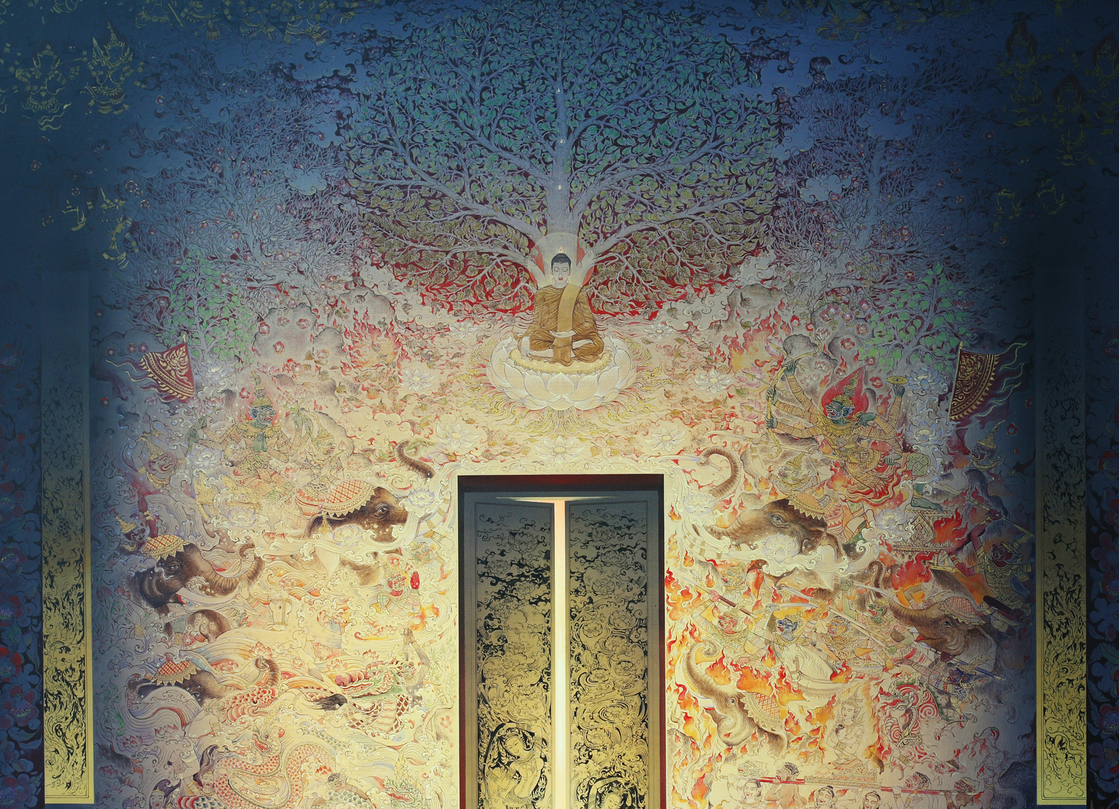
27th March – 26th April, 2008
Taking the normal flow of daily life into consideration, if everyone was happy, how light and happy would society be?
No matter who it is, every one would like happiness. And what exactly is true happiness? This has been the initial concept of my work for more than 15 years now, and applies to this collection as well. It briefly touches upon the direction of my personal life, my experiences, what I’ve seen and know to that of my psyche, finding inspiration from faith. It is a composition of the principles of Dharma and Buddhism, which comes from Visakha Bucha Day. This for one is a path that someone directs us to, but it depends on the individual, whether or not they are ready to open the door on their own.
Thoughts during various stages of the project prior to becoming this collection include:Inspiration comes from faith in Buddhism, from participating in alms giving ceremonies that have led to an understanding concerning the philosophy and fundamentals of Buddhism.
Concepts and stories from the Vien Tien ceremony, on the night of Visakha Bucha Day, an important, Buddhist day that reflects upon Thai traditions, Buddhist ways and teachings that provide advice on how to live life. It is the foundation for one’s spirit leading to peace and contentment of the spirit. It is a factor that resolves all.The significance behind these principles is the way in which one finds the true self in this life and internalizes it. Its significance is hidden within the details and counterparts of the painting, similar to a Buddhist puzzle. The desired results, the emotions conveyed pertaining to faith and the expressions of joy and happiness.
Creativity is that of using Thai paintings of the past as examples, developing the dimensions of the paintings in order to create contemporariness whilst maintaining Thai attributes. It combines personal imaginations that reflect upon the thought process, subject matter and feelings with regards to expanding its definition and reducing it.
The Principles of the Buddha, of Dharma and Happiness collection is exhibited in two unified formats, of which include:
Buddhist principles – expresses the way of the enlightened individual who is the source of inspiration and serves as an example to observe and follow. The story is told in a biographical manner, through contemporary images that integrate both 2D and 3D characteristics, bridging the past and present.
The principles of Dharma have been selected and abridged from one section of the Buddhist scripts. All things that arise will die, that is normal. When true knowledge is born, the spirit reaches a state of happiness (desireless state). It’s an almost abstract symbol, but upon closer scrutiny, one can call it an idealist’s approach or contemporary Thai, or perhaps one can even go so far as to not label it anything. Rather, it may simply be emotions, a platform of understanding of a painting that is called Buddhist Principles, and that its expressions are conveyed through peaceful forms, light and details, of which are all wrapped with Buddhist elements.
The Principles of Happiness summarize the results of this entire collection that begins with faith. One can call it the path to happiness and tranquility. It is an expression of the two qualities that is the origin of the principles of happiness.
There are many paths to happiness, just as there are to suffering. It all depends on the individual’s maturity, and what he or she chooses to use to resolve the suffering. However, true happiness is continuous. The principles of Buddhism and Dharma have led to my discovery of a state of happiness that is not seeking. In other words, the gravitation towards suffering does not exist because the desire for happiness is suffering. Therefore, true happiness is simple. It can be felt through one’s spirit. There is no need to own that happiness. Happiness and suffering have always been paired together, since the creation of living things. These two opposing aspects will never fail to meet. When we are born, they enter our lives. Thus our only duty is to observe them and acknowledge them. We are not to try to own them. If we own one, we must own the other as well. Therefore, all we have to do is to live simply, and at the same time, must live harmoniously with the two. We are not to disturb them. We can live peacefully in this world, with happiness and suffering.
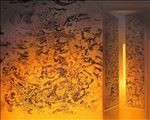
“คติธรรม 14” Dharma Destination 14, 2008
Acrylic on canvas,
80x100cm

“คติพุทธ 1” (ประสูติ) Buddhism Destination 1 (Birth ), 2008
Acrylic on canvas,
200x150cm

“คติพุทธ 2” (ตรัสรู้) Buddhism Destination 2 (Enlightenment), 2008
Acrylic on canvas,
189x239cm

“คติพุทธ 3” (ปรินิพพาน) Buddhism Destination 3 (Death), 2008
Acrylic on canvas,
180x280cm

“ทางธรรม 1” The Way of Dharma 1, 2008
Acrylic on canvas,
42x90cm

“ทางธรรม 3” The Way of Dharma 3, 2008
Acrylic on canvas,
70x41cm

“ทางธรรม 4” The Way of Dharma 4, 2008
Acrylic on canvas,
90x50cm
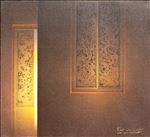
“ทางธรรม 5” The Way of Dharma 5, 2008
Acrylic on canvas,
40x43cm
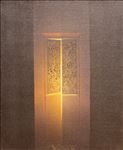
ทางธรรม 6” The Way of Dharma 6, 2008
Acrylic on canvas,
50x40cm

“ทางธรรม 7” The Way of Dharma 7, 2008
Acrylic on canvas,
55x90cm

“คติธรรม 1” Dharma Destination 1, 2008
Acrylic on canvas,
200x100cm

“คติธรรม 2” Dharma Destination 2, 2008
Acrylic on canvas,
200x100cm

“คติธรรม 3” Dharma Destination 3, 2008
Acrylic on canvas,
200x100cm

“คติธรรม 4” Dharma Destination 4, 2008
Acrylic on canvas,
195x90cm

“คติธรรม 5” Dharma Destination 5, 2008
Acrylic on canvas,
145x60cm

“คติธรรม 6” Dharma Destination 6, 2008
Acrylic on canvas,
149x60cm

“คติธรรม 7” Dharma Destination 7, 2008
Acrylic on canvas,
145x70cm

“คติธรรม 8” Dharma Destination 8, 2008
Acrylic on canvas,
145x70cm

“คติธรรม 9” Dharma Destination 9, 2008
Acrylic on canvas,
60x348cm

“คติธรรม 10” Dharma Destination 10, 2008
Acrylic on canvas,
70x145cm

“คติธรรม 11” Dharma Destination 11, 2008
Acrylic on canvas,
70x145cm

“คติธรรม 12” Dharma Destination 12, 2008
Acrylic on canvas,
90x195cm

“คติธรรม 13” Dharma Destination 13, 2008
Acrylic on canvas,
60x145cm
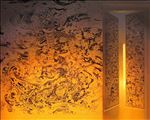
“คติธรรม 14” Dharma Destination 14, 2008
Acrylic on canvas,
80x100cm
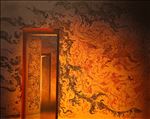
“คติธรรม 15” Dharma Destination 15, 2008
Acrylic on canvas,
80x100cm